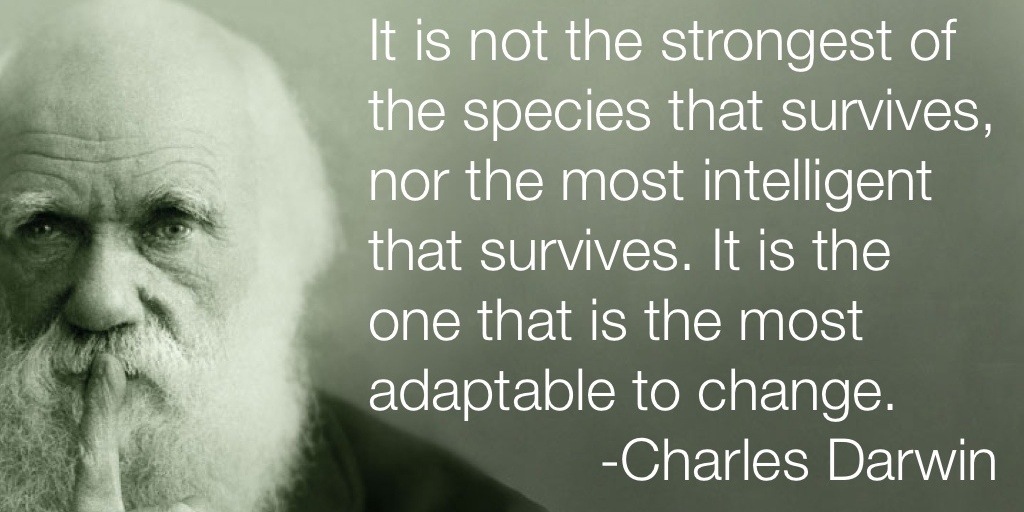A brief guide to the extended Coronavirus Job Retention Scheme, what it means for the events industry and event staff, and who is eligible for furlough.
Still Surviving
As we said in Part 1 (we didn’t even know there would be a Part 2 back then!) adapting to change is the best way to survive!
“It is not the strongest of the species that survives, nor the most intelligent that survives. It is the one that is most adaptable to change” Charles Darwin 1809
It’s been three long months of uncertainty for the Events Industries, we’ve embraced the Zoom meeting, taken events online, drank a lot of gin and the relatively unknown term “furlough” became the word on the street!

Furlough Changes for the UK Events Industry
We’ve come a long way from Friday 20 March, when Chancellor Rishi Sunak announced the new Coronavirus Job Retention Scheme. If you missed Part 1, here’s the gist of the scheme: it allows UK employers to access a grant to help cover part of the salaries of employees who would otherwise face redundancy or unemployment due to the coronavirus crisis. This scheme does not apply to the self-employed who are being helped under a different scheme.
On Thursday 26 March, the government a published detailed guidance for employers on how the scheme would operate. The furlough scheme went live on 20th April and is now due to continue until the end of October. We outlined the basics in our Furlough and the Events Industry Blog Part 1. The main idea was to stop mass redundancies, to encourage employers to keep jobs “on-standby” ready for the #UnPause that will happen soon.
Changes to the Furlough scheme

The June updates to the JRS mean that starting in July, workers will be supported in returning to part-time work, with employers contributing to their wages.
- From 1 July, employers can bring furloughed employees back to work for any amount of time and any shift pattern. They can still claim a CJRS grant for the hours not worked by their employees.
- Starting from 1 August 2020, the level of the grant will decrease each month. To remain eligible, employers must pay furloughed employees 80% of their wages, up to a cap of £2,500 per month, during the furlough period.
Guidelines
The government will then reduce the amount it contributes month by month, They published the following guidelines:
- For June and July, the government will pay 80% of wages up to a cap of £2,500 for the hours the employee is on furlough, as well as employer National Insurance Contributions (ER NICS) and pension contributions for the hours the employee is on furlough. Employers will have to pay employees for the hours they work.
- For August, the government will pay 80% of wages up to a cap of £2,500 for the hours an employee is on furlough and employers will pay ER NICs and pension contributions for the hours the employee is on furlough.
- For September, the government will pay 70% of wages up to a cap of £2,187.50 for the hours the employee is on furlough. Employers will cover ER NICs, pension contributions, and top up employees’ wages to ensure they receive 80% of their wages, up to a cap of £2,500, during furlough.
- For October, the government will pay 60% of wages up to a cap of £1,875 for the hours the employee is on furlough. Employers will cover ER NICs, pension contributions, and top up employees’ wages to ensure they receive 80% of their wages, up to a cap of £2,500, during their furlough period.
Employers will continue to be able to choose to top up employee wages above the 80% total and £2,500 cap for the hours not worked at their own expense if they wish. Employers will have to pay their employees for the hours worked.
How are the changes calculated?
The new advice from the treasury is that employers are responsible for paying wages whilst workers are working, and the scheme will continue to support up to 80% of when they are unable to work.
This is an example of how the new changes will work:
An employee works a 40-hour week, they earn £1,000 a month for that. On furlough, they don’t work and receive £800 a month via the JRS.
Under new scheme, if that employee goes back to work for 10 hours a week, a quarter of their normal working time, they would earn £250 a month for the work completed (aid by employer). Yet they will still be furloughed for 30 hours a week, so JRS will pay three-quarters of the monthly furlough pay – that’s £600.
Adding it up, an employee will get a total of £850 a month working those 10 hours, compared with £800 on full furlough.
How long will JRS operate for?
The latest advice is that the furlough scheme will end on 31st October. It is worth noting that the scheme closed to new entrants on 10th June.
What if your staff are self-employed?
As we outlined in Part 1, the self-employed are being covered under a separate scheme. Similar to furlough this scheme allowed self-employed staff to claim a taxable grant worth 80% of their trading profits up to a maximum of £2,500 per month for 3 months.
You can apply if you’re a self-employed individual or a member of a partnership, and you:
- have submitted your Income Tax Self Assessment tax return for the tax year 2018-19
- traded in the tax year 2019-20
- are trading when you apply, or would be except for COVID-19
- intend to continue to trade in the tax year 2020-21
- have lost trading/partnership trading profits due to COVID-19
Self-employed trading profits must also be less than £50,000 and more than half of income generated from self-employment.
- HMRC contacted those eligible for the scheme in May 2020.
- You do not need to repay the SIS Grant later, as long as you applied for it correctly, and you can still take on work or other employment while receiving the grant.
- You must confirm to HMRC that coronavirus has adversely affected your business. Although the term isn’t clearly defined, showing a decline in profits may not be necessary. In some cases, you can argue that your profits would have been higher if not for the coronavirus pandemic.
- Individuals who have not submitted a self-assessment tax return for 2018-19 must have submitted this by 23 April 2020 or they will simply be completely ineligible for coverage. There is no mention of any leeway in the Guidance Note so this is being presented as a hard stop date.
Changes implemented from June:
Rishi Sunak announced the extension of the Self-Employment Income Support Scheme, allowing eligible individuals to claim a second and final grant, capped at £6,570. Those eligible under the Self-Employment Income Support Scheme (SEISS) (which has so far seen 2.3 million claims worth £6.8 billion) will be able to claim a second and final grant in August. The grant will be worth 70% of their average monthly trading profits, paid out in a single instalment covering three months’ worth of profits, and capped at £6,570 in total.
June Changes In a Nutshell
In summary, the key points of change are:
- Opportunities to go back to work on part-time basis from 1st July.
- Employers must contribute towards the wages of furloughed staff who are working.
- Scheme will run until end of October.
- Self-employed are not eligible under this scheme but can apply for second wave of grant.

Looking to the future
It’s been a tough time and we are not quite out of the woods yet. This week has seen a return for some retail and catering businesses, with a look towards the Event Industry starting to make a come back in July. Although there is an amount of uncertainty, there are a few things you can implement to support your business.
We’ve put together a CRAP analysis tool to help assess the coronavirus risk at your next event. We’ve also generated this forecast template to help you look at the bigger picture and plan for the future. What has been really remarkable about the Events Industry in particular is how all facets of the industry have pulled together to support one another. There have been some great innovations that have come out of this, with this in mind we put together this blog of suppliers that are helping reduce the risk of infection at events.
Most of all, stay strong and stay safe everyone – we’re nearly there!





